Arizona Wild Flowers
Pictures, Photos, Images
Descriptions, Information, Reviews.
Ironwood Tree, Olneya tesota.
We Are Proud Of Our SafeSurf Rating!
Click On Any Of The Following Links By Amazon.Com
For Books, & Videos About Wildflowers Of Arizona & The Southwest USA. No Obligation!
 |
| Ironwood Tree, Olneya tesota. Photo Taken May 15, 2009 At Lake Pleasant, Arizona. This Was An Optimum Blooming Year For Ironwood. |
|---|
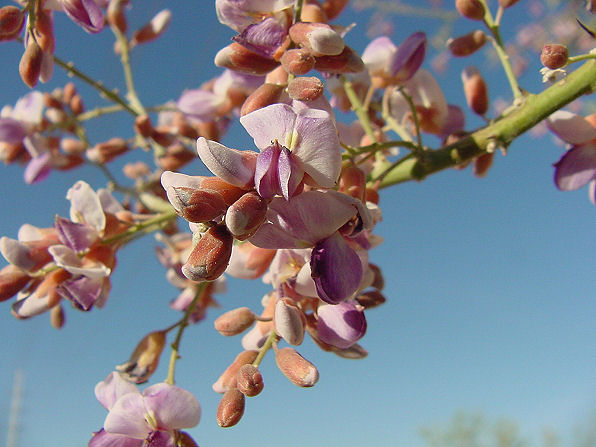 |
| Ironwood Tree, Olneya tesota Photo Taken June 13, 2003 At Date Creek. |
|---|
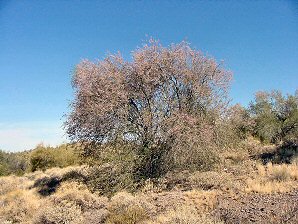 |  |
| Ironwood Tree, Olneya tesota. | Ironwood Trees Live Up To 1,500 Years! |
|---|---|
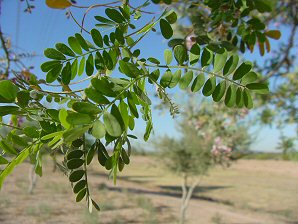 |  |
| Ironwood Tree Leaves. | Ironwood Trees Bloom May - June. |
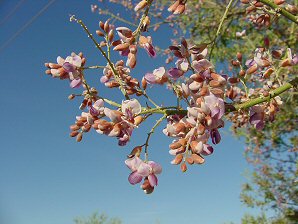 | 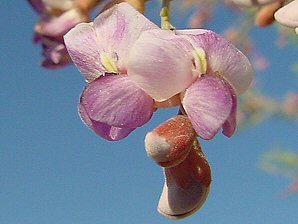 |
| Ironwood Tree Blossoms. | Ironwood Tree Blossom. |
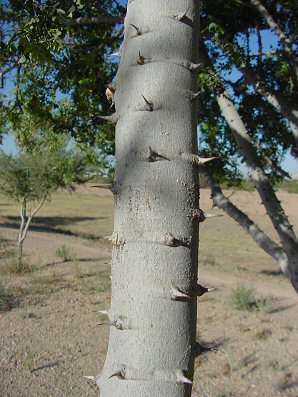 | 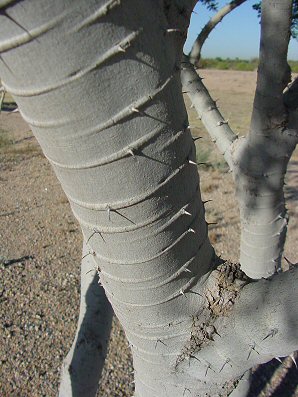 |
| Ironwood Tree Bark And Spines Young Trees Have Smooth Bark. | Ironwood Tree Bark Older Trees Have Rough Bark. |
 /
/

Ironwood Tree.
We wish to thank Wikipedia, the free encyclopedia for some of the information on this page. We share images and information with Wikipedia. Olneya tesota is a perennial flowering tree of the Fabaceae family, legumes (peas, beans, etc.), which is commonly known as Ironwood or Desert Ironwood. It is the only species in the monotypic genus Olneya. The Ironwood Tree is part of the western Sonoran Desert complex of plants in the Southwestern United States, which includes other flora, such as, the palo verde, saguaro, ocotillo, brittlebush, creosote bush, and mesquite. The ironwood is known to be a "nurse plant". In other words, it provides a safe place for other plants seed germination, and protects their seedlings. Over 230 plant species have been recorded growing under the ironwoods canopy. Its own seeds provide food for many doves, quail, and rodents. Insects thrive in the ironwood trees canopy, which also attracts birds and reptiles. They make their home under and in the ironwood, thus providing prey for cactus owls, hawks and coyotes. Ironwoods are one of the longest living trees in the Sonoran desert, they are known to live as long as 1,500 years. The wood of the desert ironwood is very hard and dense. It will sink in water. It is also very difficult to cut. The Ironwood is an evergreen tree. It is often used in landscape plantings as a shade tree. Arizona contains the Ironwood Forest National Monument. The largest ironwood tree found in the within Ironwood Forest National Monument of Arizona, is 11 meters tall and 13 m wide (36 X 43 feet) in the Avra Valley east of the Samaniego Hills of Arizona.
Quick Notes:
Height: The tallest trees on the Sonoran Desert, reaching heights of 15 to 25 feet, but they can grow as tall as 33 feet.
Stems/Trunks: The trunks can reach a diameter of 24 inches on very old trees. The bark on young branches is gray and smooth. Older bark becomes wrinkled and creased, eventually shredding on older trunks.
Flowers: Clusters of pea-like flowers ranging from pink, pale-rose, to white, grow in archs at the end of branches.
Flowering Time: May to June.
Seed Pods: Brown, bean-like seedpods about 2 inches long. Each seedpod has 1 to 4 brown beans in it.
Leaves: Ironwood has leathery, compound, pinnate leaves about 2 inches long with 6 to 9 leaflets about 3/4 inche long. The leaves are covered with fine hairs. A pair of thorns about 1/2 inch long grows at the base of each leaf. During dry seasons, ironwoods will drop many of their leaves to conserve water. They do not drop all of their leaves.
Found: Native to the southwestern United States and the extreme northwest of Northern Mexico.
Hardiness:
Soil pH requirements:
Sun Exposure:
Elevation: Can be found from 0 - 2,000 Feet.
Habitat: Sandy washes where water is available. Also near sandy washes. Below 2,000'. Sonoran Desert.
Miscellaneous: Flowering Photos Taken In Glendale. Later In Congress Junction. June 13, 2003. Again May 15, 2009. Lake Pleasant Arizona.
|



We Are Proud Of Our SafeSurf Rating!
Click On Any Of The Following Links By Amazon.Com
For Books, & Videos About Xerioscape Plants Of Arizona & The Southwest USA. No Obligation!
Back To Arizona Wild Flowers Home Page.
Back To Arizona Wild Flowers, Blue - Violet Flowers Page One.
Back To Arizona Xeriscape Landscaping Main Page.
Back To Xeriscape Trees Page One.
Back To DeLange Home Page
© 1966 - Present, Audrey, Eve, & George DeLange
| © 1966 - Present, Audrey, Eve, & George DeLange |


